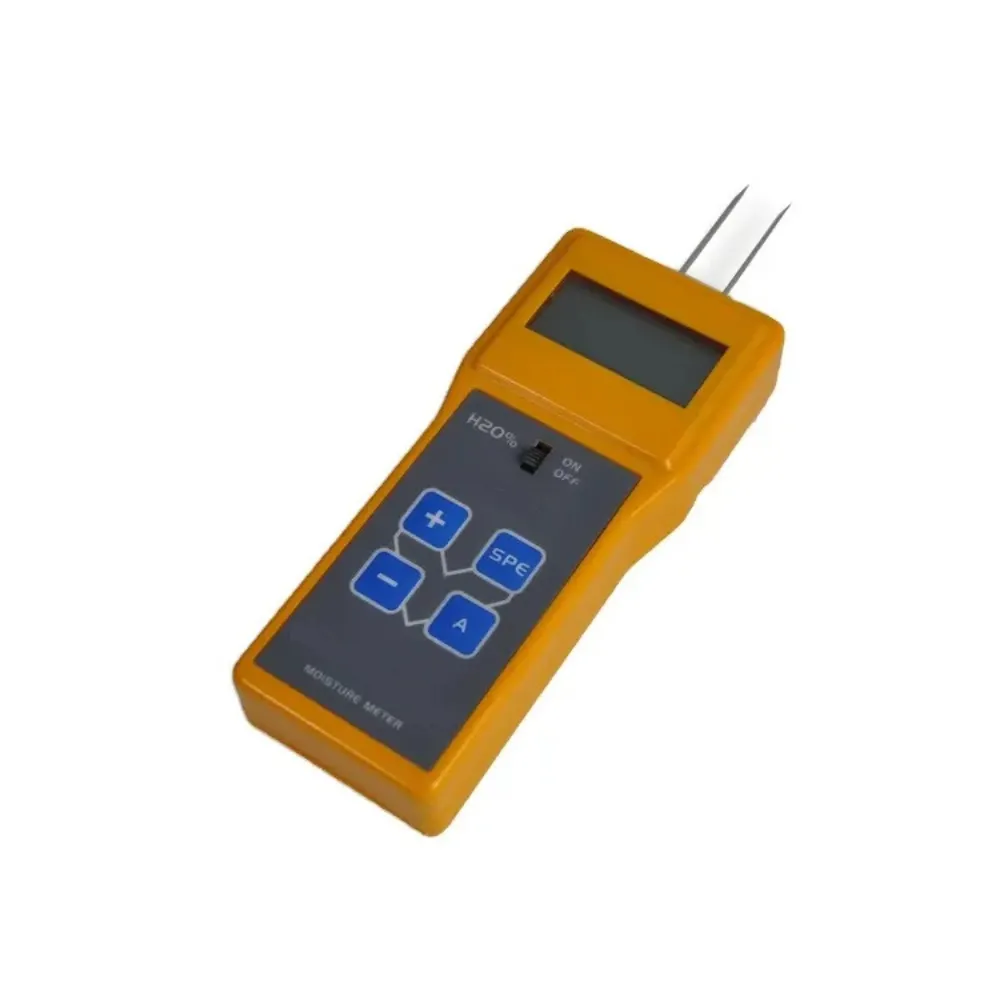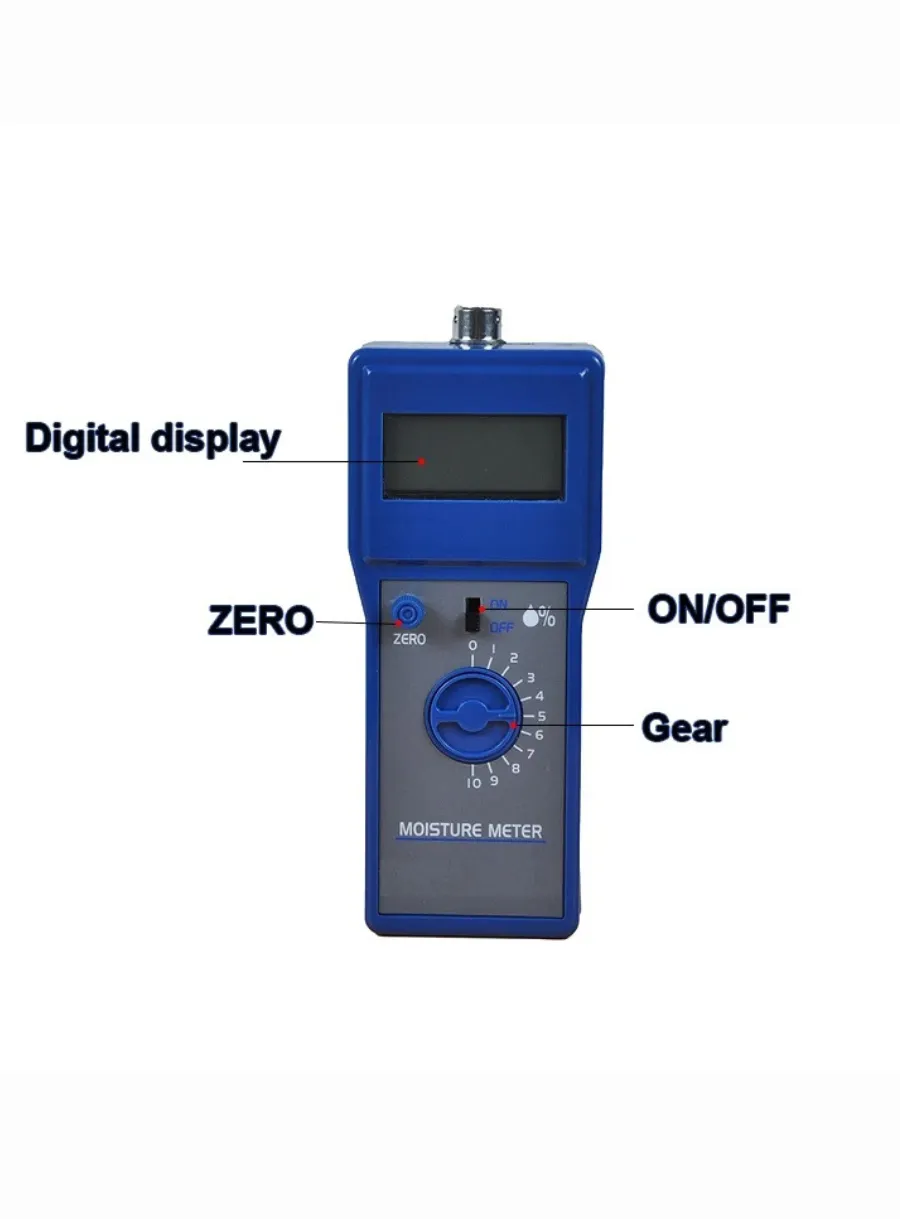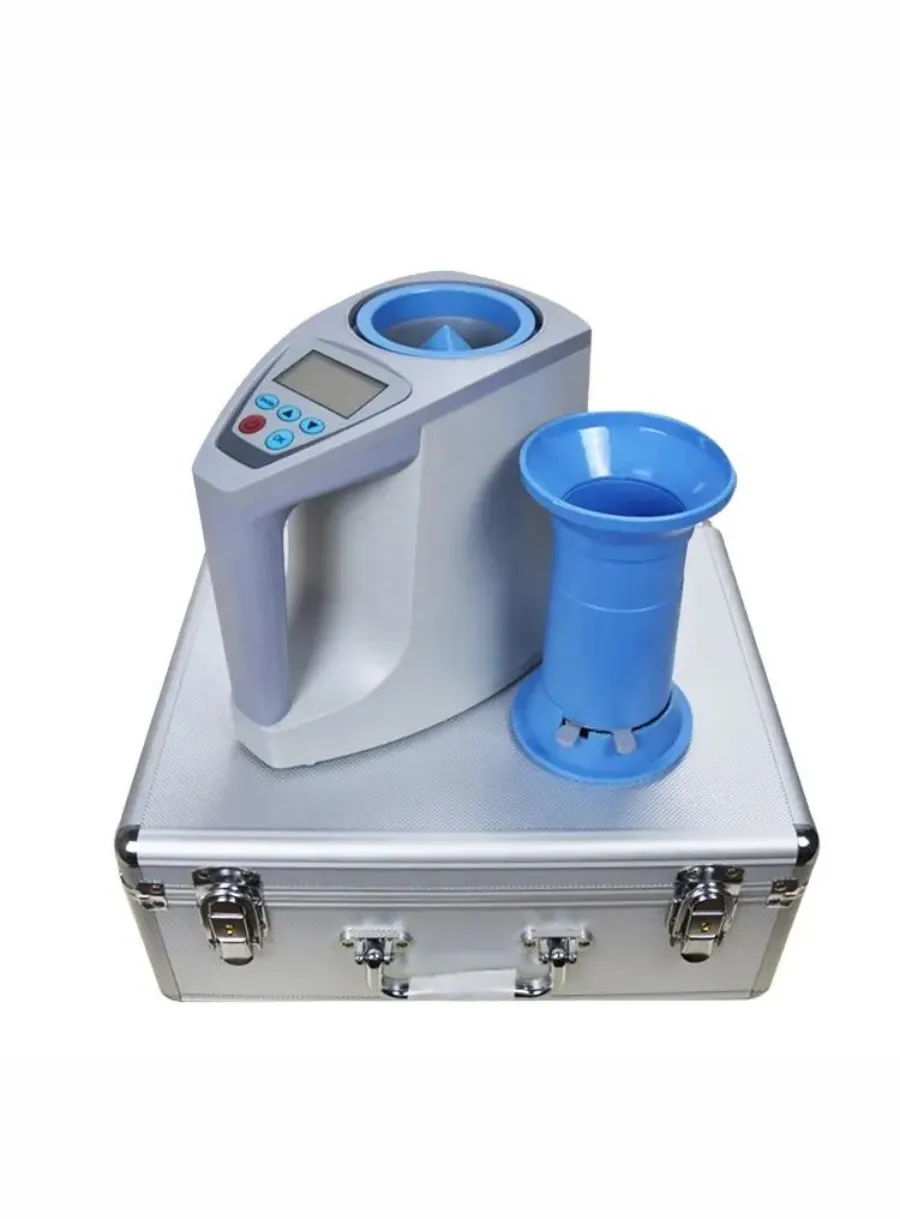
Principles of Moisture Meters for Dehydrated Food
Table of Contents
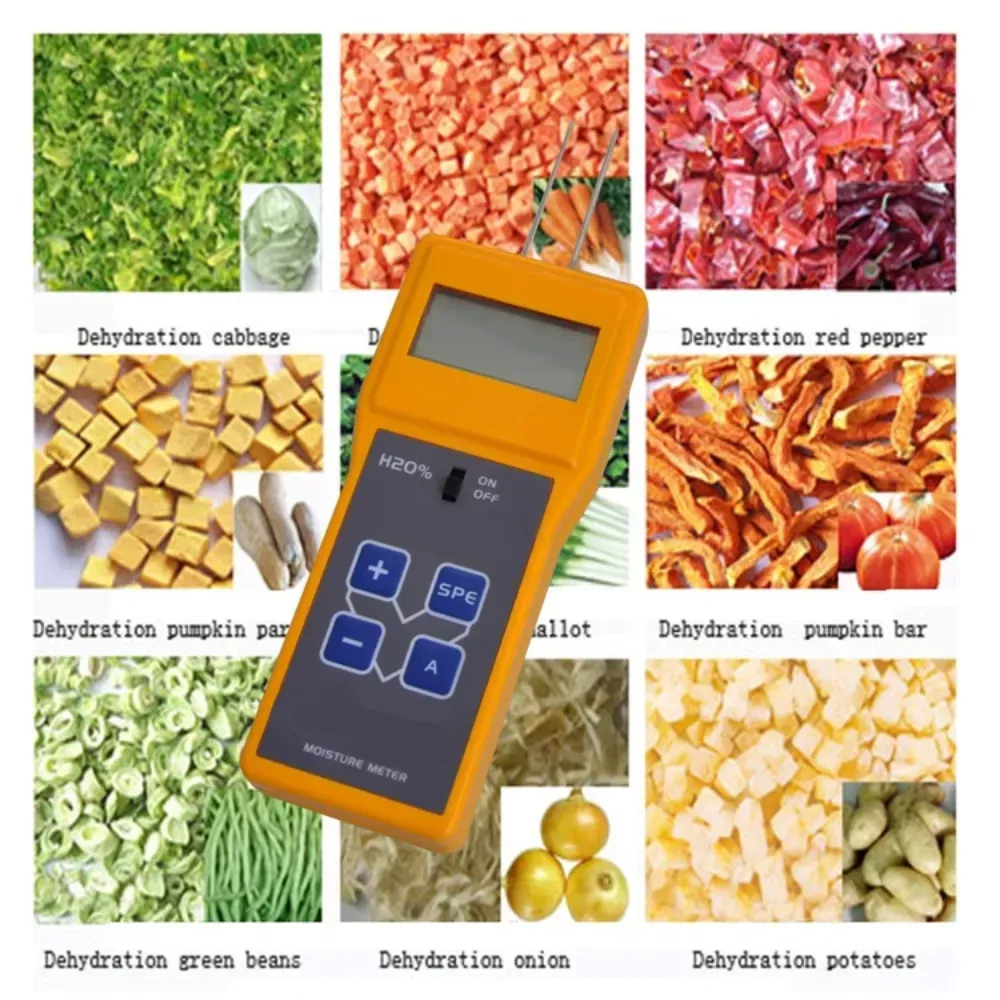
Moisture meters for dehydrated food operate based on several fundamental principles, predominantly relying on the detection of moisture content through various sensing technologies. The most common methods include capacitive and resistive sensing.
Capacitive moisture meters function by measuring the dielectric constant of the material being tested. The dielectric constant varies with moisture content; thus, as moisture levels increase, the dielectric constant also increases, allowing the meter to provide an accurate reading. Capacitive sensors can detect non-metallic objects and fluid flow levels, making them suitable for use in food products where moisture content is a critical quality factor. Inside these sensors, the primary circuitry includes capacitor plates that change their electrical properties in response to moisture, thereby allowing for accurate measurement.
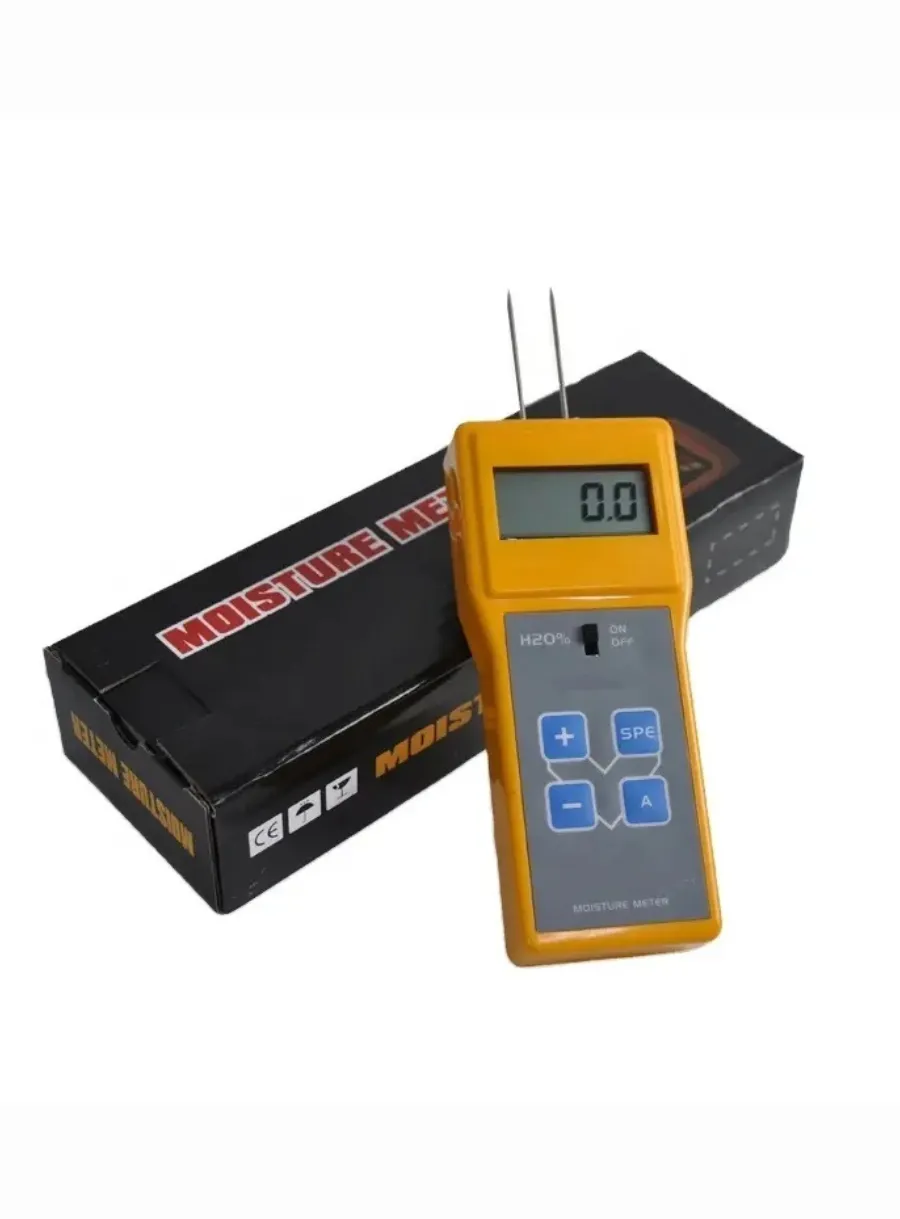
In contrast, resistive moisture meters measure the electrical resistance of the material. Water conducts electricity, so as the moisture content in the food increases, the resistance decreases. This method provides a straightforward approach to estimating moisture content but can be affected by the conductivity of other components within the food, such as salts or sugars. Thus, it may require calibration against known standards to ensure accuracy.
Proper calibration is essential for both capacitive and resistive moisture meters to ensure their accuracy and reliability. During calibration, technicians compare the readings of the moisture meter against known reference standards and adjust the device accordingly. This process involves estimating measurement uncertainty, which is crucial for maintaining quality control in food processing environments. Accurate calibration procedures help mitigate errors and ensure compliance with regulatory standards, thus maintaining the integrity of moisture measurement in dehydrated food products.
Both types of moisture meters play a vital role in food quality control. By accurately determining the moisture content, manufacturers can ensure that dehydrated foods are stored and packaged properly to prevent spoilage and maintain product quality. Effective moisture management not only impacts shelf life but also affects texture, flavor, and overall consumer satisfaction with dehydrated food products.
Comments
Tags
Frequently Asked Question
The main principles of operation for moisture meters in dehydrated food are capacitive sensing and resistive sensing. Capacitive sensing measures the dielectric constant of the material, while resistive sensing measures the electrical resistance, both of which change with moisture content.
Capacitive sensing works by measuring the dielectric constant of the material being tested. As moisture levels increase, the dielectric constant also increases, allowing the meter to provide an accurate reading. The sensors use capacitor plates that change their electrical properties in response to moisture.
Calibration is important for moisture meters to ensure their accuracy and reliability. It involves comparing the readings of the moisture meter against known reference standards and adjusting the device accordingly. This process helps mitigate errors and ensures compliance with regulatory standards in food processing.
Moisture meters contribute to food quality control by accurately determining the moisture content in dehydrated foods. This helps manufacturers ensure proper storage and packaging to prevent spoilage and maintain product quality. Effective moisture management impacts shelf life, texture, flavor, and overall consumer satisfaction with dehydrated food products.

